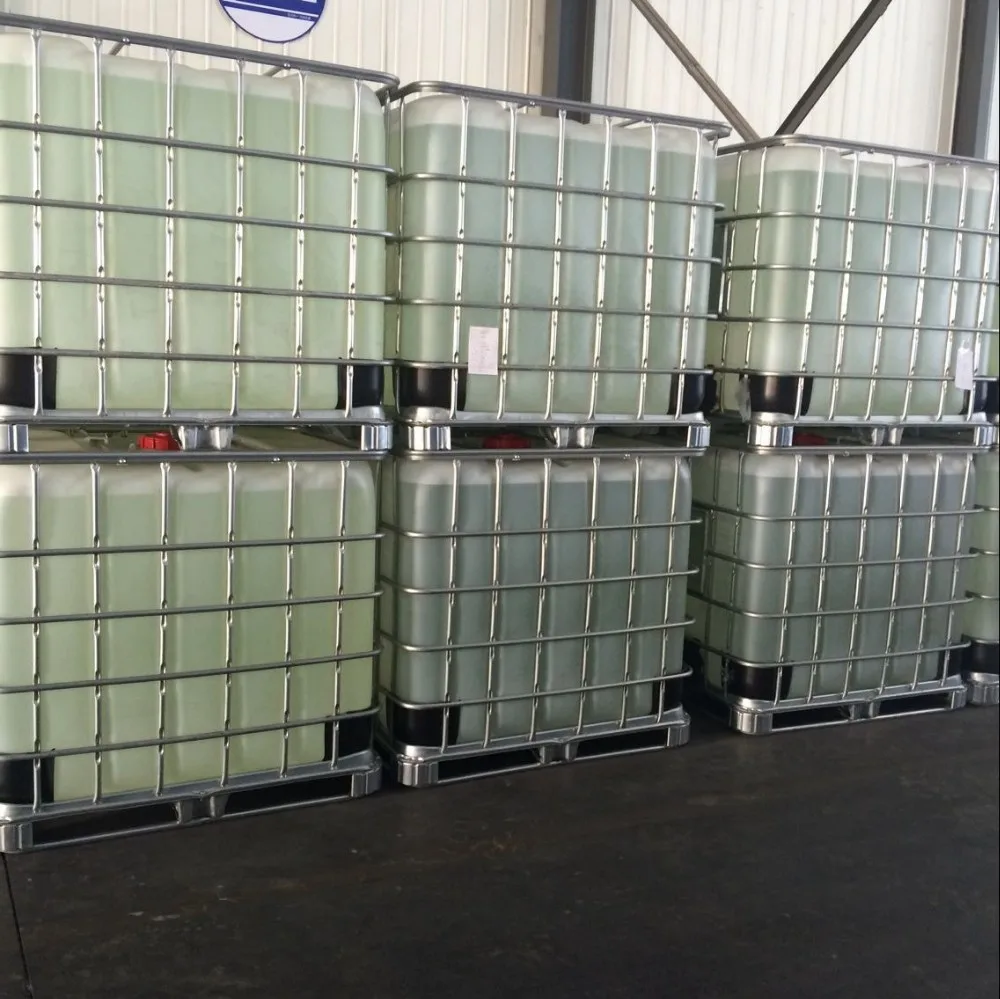Red beans, also known as adzuki beans, are highly nutritious and widely valued for their health benefits. The seeds are rich in protein, containing 20-25%, and carbohydrates ranging from 51-65%. They also provide a wide range of vitamins, essential amino acids, and trace minerals, making them an excellent natural food for promoting overall wellness. One of the advantages of red beans is their short growth cycle—typically around 70 to 90 days when sown in summer.
Before planting, it's important to prepare the soil properly. Red beans are not very picky about soil conditions and can thrive in mildly saline or acidic soils. Prior to sowing, the field should be cleared of crop residues, and fertilizers such as phosphorus should be applied. If there's not enough time for base fertilizer application, a top-dressing can be done 5-6 days before flowering to ensure adequate nutrients for the plants.
The ideal sowing period for adzuki beans is quite long, allowing flexibility in planting schedules. Before sowing, it's recommended to remove damaged seeds, broken grains, and any foreign materials like alfalfa seeds. The recommended seeding rate is 2 to 2.5 kg per mu (approximately 667 square meters), with spacing between plants ranging from 24 to 33 cm. When planting seedlings, you can choose either single or double planting methods, with the plant height reaching around 15 cm. The sowing depth should be appropriate; if too deep, it may hinder germination and lead to poor emergence or broken ridges. After dry periods, the soil should be lightly pressed to maintain moisture.
Proper seedling management is crucial. Timely weeding and loosening the soil help promote root development and nodule formation. During the late flowering stage, vigorous growth should be encouraged by pinching back the tips and removing non-productive branches below the pedicel. This reduces nutrient competition and improves grain filling. Watering should be done carefully before and after flowering to support healthy development.
In terms of pest control, red beans are often affected by locusts during the early growth stages. In dry conditions, spider mites may appear, while pod borers become a problem in the middle to late stages. Regular monitoring and timely preventive measures are essential to avoid serious damage and ensure a good yield. With proper care and attention, red bean cultivation can be both efficient and profitable.
Formula: CH3CHOHCOOH Molecular weight: 90.08 Performance:It is colorless transparent viscidity liquid, mild acid, guide wetly; the aqueous solution shows the acid reaction. It can be mixed with water, ethanol or ether wantonly, but not dissolved in chloroform. Specification:80%, 88% Packing:25kg drums, 250kg drums, IBC plastic drums. Main use: This product has characteristics, such as hot stability natural purely with soft and certain tart flavor,etc. Widely used in the food,pharmaceutical,electroless plating industries,etc.


Lactic Acid,98% Lactic Acid,Lactic Acid 85%,Lactic Acid Of Purity 80%
Shandong Tiancheng Chemical Co., Ltd. , https://www.tianchengchemical.com